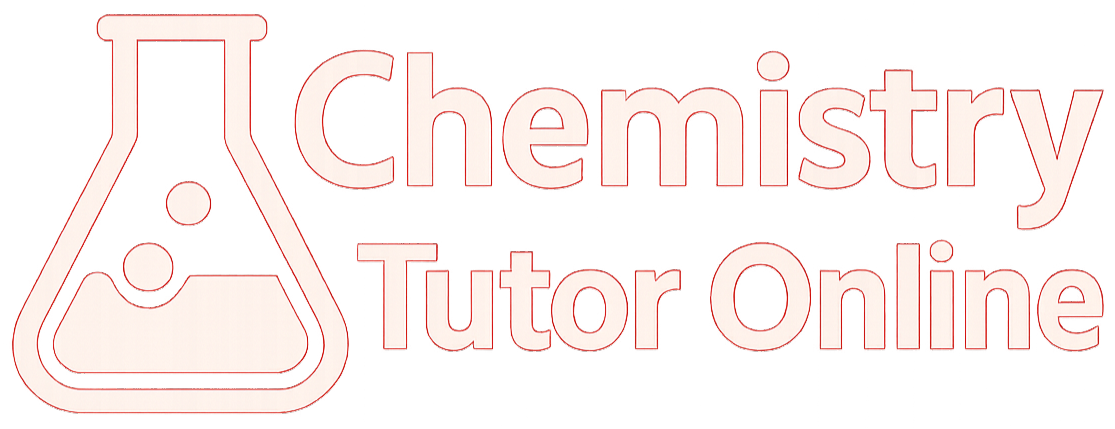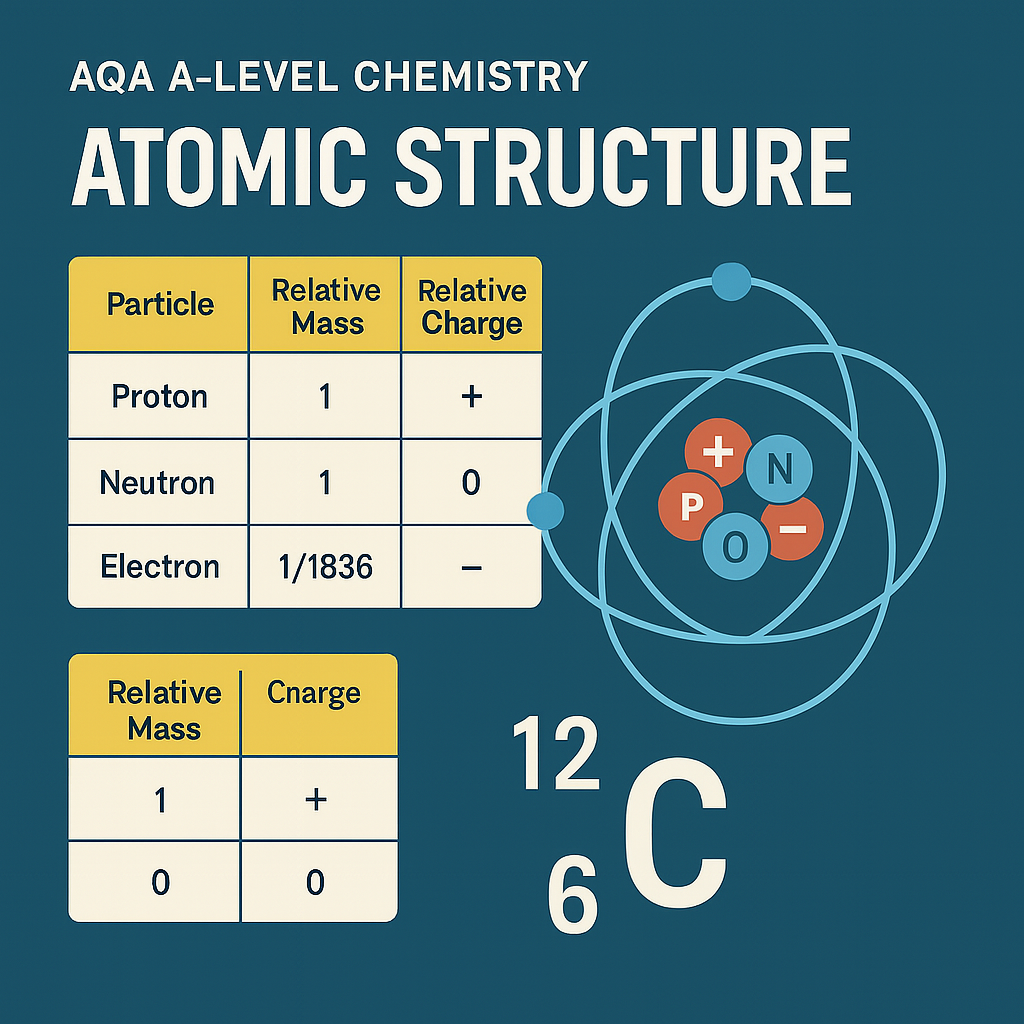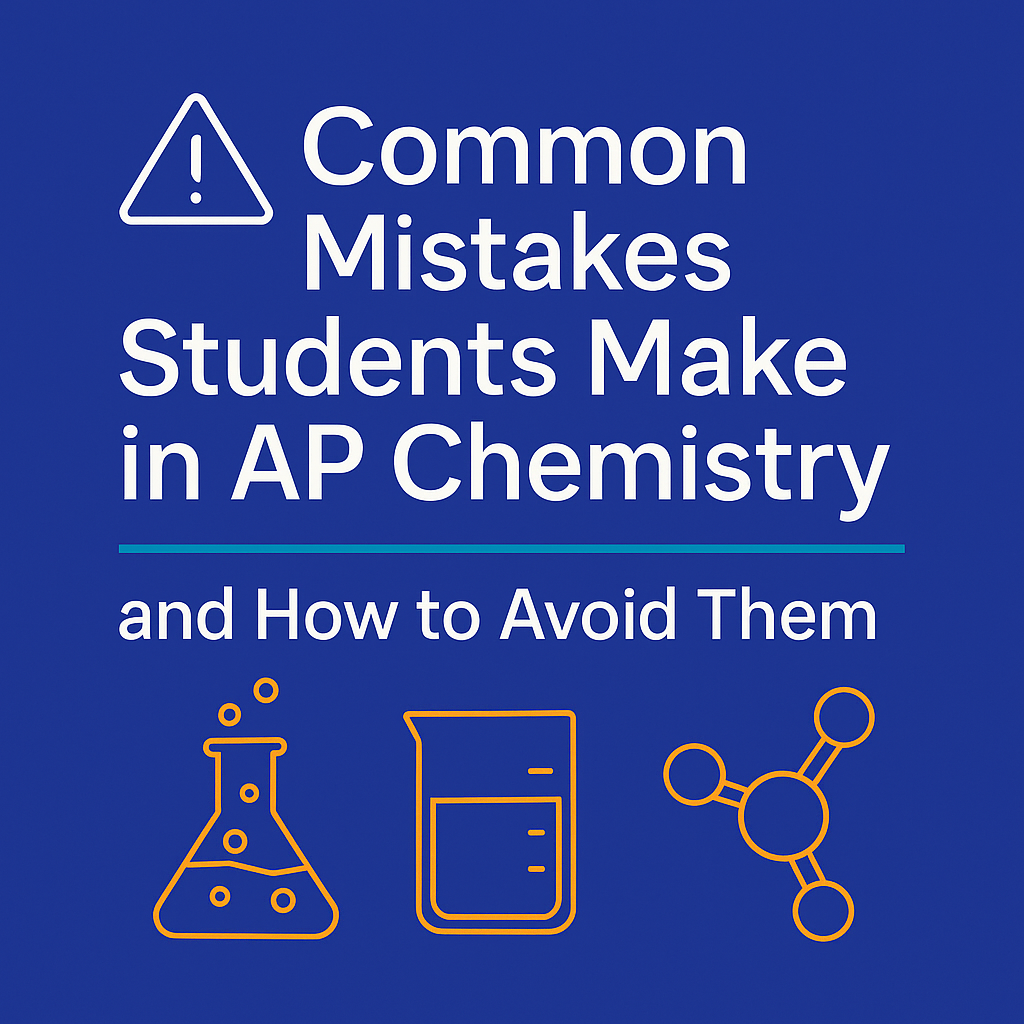IB Chemistry Syllabus Changes in 2025: What’s New and What It Means for You
The 2025 syllabus aims to be simpler, more integrated, and more aligned with how Chemistry is used in research, industry, and higher education.
If you're starting IB Chemistry in 2025, you're among the first students to experience the new and significantly revised syllabus. Whether you're aiming for a top grade or just want to understand what’s changed, this post will break it all down.
We’ll explore why the syllabus was updated, what exactly has changed, and most importantly—how those changes affect your study strategy, workload, and assessments.
Why Was the IB Chemistry Syllabus Changed?
Every so often, the International Baccalaureate Organisation (IBO) reviews and updates its subject syllabuses. These updates ensure that IB subjects:
Stay relevant to modern scientific knowledge
Reflect current teaching and learning best practices
Prepare students for real-world applications and university-level study
Improve clarity, fairness, and accessibility across different schools and contexts
The previous IB Chemistry syllabus had been in use since 2016. Feedback from teachers, examiners, universities, and students indicated areas for improvement, including:
Repetition between papers and topics
Too many isolated subtopics
A lack of real-world application
Difficulty managing the depth of HL vs SL content
The 2025 syllabus aims to be simpler, more integrated, and more aligned with how Chemistry is used in research, industry, and higher education.
How the IB Chemistry Curriculum Changed in 2025
Here’s a breakdown of the most important updates to the new 2025 Chemistry syllabus:
1. A New Conceptual Framework: Structure and Reactivity
Gone are the days of 11 or 12 separate topic sections. Instead, the new syllabus is organised into two overarching themes:
Structure: Focuses on how matter is arranged, from atomic particles to complex molecules
Reactivity: Explores how and why chemical reactions happen
These themes are designed to show how all Chemistry content is interconnected. Each unit links back to either structure or reactivity (or both), helping students build a clearer mental model of the subject.
This also encourages transferable understanding—so you don’t treat topics like bonding, kinetics, or equilibrium as isolated silos.
2. More Emphasis on Conceptual Understanding
The new syllabus removes unnecessary memorisation and puts more weight on understanding:
Why things happen the way they do
How different topics connect
How to apply knowledge to new contexts
For example, instead of treating acids, bonding, and thermodynamics as three separate concepts, students will explore the underlying atomic and energy relationships that unite them.
This is a big shift toward higher-order thinking—which is exactly what examiners want to see in top band answers.
3. Streamlined Content and Fewer Options
In the old syllabus, students had to study optional topics such as Medicinal Chemistry or Environmental Chemistry for Paper 3.
These optional topics have been removed in the 2025 curriculum. All content is now part of the core or HL curriculum, and the time previously spent on options is reallocated to deeper understanding, skill development, and assessment preparation.
This makes the course more consistent and easier for schools to teach well, regardless of resources or teacher specialisms.
4. Changes to the Assessment Structure
Assessment in IB Chemistry now looks different in both format and emphasis.
Here’s how:
Assessment in IB Chemistry now looks different in both format and emphasis.
5. Data Handling and Practical Work Are More Central
Rather than being assessed separately in Paper 3, practical and analytical skills are now assessed within the main papers.
This includes:
Data interpretation
Experimental design
Evaluating reliability, validity, and accuracy
Identifying sources of error
Working with graphs and quantitative data
This reflects how real chemists work: always integrating experimental evidence into theoretical understanding.
6. Internal Assessment (IA) Collaboration Now Permitted
The Internal Assessment (IA) remains an essential 20% of your final grade. You still design, carry out, and report on a Chemistry investigation.
What’s new:
Students can now work in pairs or small groups (up to 3) to plan and carry out the method
Each student must still collect their own data and submit an independent report
This reflects the collaborative nature of real science—while still requiring individual analysis and reflection.
7. Calculators Are Now Allowed in All Papers
In the past, calculators weren’t allowed in Paper 1. This often led to stress, mistakes, and an overemphasis on mental arithmetic.
Now, calculators are allowed in all exam papers, freeing students to focus on scientific understanding rather than manual calculation.
This small change has a big impact on student confidence—especially in HL topics like thermodynamics, pH, and redox.
8. SL vs HL: Still Different, But More Cohesive
The 2025 syllabus keeps the distinction between Standard Level (SL) and Higher Level (HL).
SL students:
Study the core material over 150 hours
Sit shorter exams
Cover fewer subtopics
HL students:
Study for 240 hours
Cover more complex, extended material in most subtopics
Face longer and more challenging exam papers
However, the split between SL and HL content is now more integrated and better signposted—so teachers and students can plan more clearly.
9. Key Themes Are Explored Across the Course
The new syllabus includes recurring “meta-themes” that students are encouraged to think about throughout the course:
Models: Understanding how models are built, tested, and revised
Patterns: Recognising trends in structure, reactivity, and behaviour
Applications: Using Chemistry knowledge to solve real-world problems
Perspectives: Exploring Chemistry's ethical, environmental, and social impact
These big-picture themes encourage students to go beyond memorisation and think like scientists.
What These Changes Mean for Students Starting IB Chemistry in 2025
1. You Need to Focus More on Skills and Understanding
The most successful students won’t be the ones who memorise the most facts—but the ones who can:
Apply concepts in unfamiliar situations
Interpret data and spot patterns
Justify answers with reasoning
Evaluate sources of error or uncertainty
Make connections across topics
This is a big shift from traditional “learn the facts, apply the rule” thinking. You’ll be rewarded for thinking critically and scientifically.
2. Your IA Is More Collaborative—But Still Personal
Working with others during the planning and practical stages of your IA can make the process more enjoyable, less stressful, and more realistic.
But remember:
Your data must be unique to you
Your report must reflect your own understanding
Your evaluation and analysis must be independent
Treat the IA as a chance to show off your scientific thinking and communication skills.
3. Your Exams Are More Skills-Focused
Instead of drilling past papers from the old format, make sure you:
Understand the new data handling and experimental design sections
Practise writing clear, well-structured extended responses
Use the calculator efficiently for all types of questions
Learn to break down complex problems using logical steps
4. Your Textbooks and Resources Must Be Up to Date
Because the 2025 syllabus is so different, older IB Chemistry textbooks are now outdated.
Make sure you’re using:
A textbook or revision guide specifically written for the 2025 syllabus
Updated question banks and mark schemes
Video lessons or tutorials that reflect the new structure
5. HL Is Still Challenging—But More Coherent
HL Chemistry remains one of the toughest IB subjects—but it now feels more logically structured.
HL students will benefit from:
More interconnected learning
Better signposting of extended content
Clearer links to real-world chemistry and university study
If you’re deciding between HL and SL, the new structure may help you make a more confident, informed choice.
6. You’ll Be Better Prepared for University-Level Chemistry
One of the main goals of the syllabus update was to bridge the gap between school-level and university Chemistry.
By focusing on:
Modelling
Data handling
Real-world application
Collaboration and communication
…the new IB Chemistry syllabus helps you develop skills that matter beyond the exam hall.
Final Thoughts: Embrace the Change
If you’re starting IB Chemistry under the new syllabus in 2025, you’re in an exciting position. Yes, you’re the first cohort to face the new assessments—but you’re also the first to benefit from a more modern, relevant, and thoughtful curriculum.
To succeed, focus on:
Understanding, not memorising
Patterns and connections
Experimental design and data interpretation
Scientific communication
Big-picture thinking
With the right resources and support, you’ll be more than ready to meet the challenge.
Need Help Navigating the New IB Chemistry Syllabus?
Dr. Marguerite Quinn is a PhD-qualified Chemistry tutor who specialises in helping IB students make sense of the syllabus—whether you’re aiming for a solid 5 or pushing for a 7 in HL.
With 3,470+ hours of online tutoring experience, she can help you build confidence, master concepts, and approach your IA and exams with clarity.
👉 Book a free consultation to explore how personalised tutoring can help you thrive under the new IB Chemistry curriculum.






Understand AQA A-Level Chemistry Section 3.1.1.2 on mass number and isotopes. Learn key definitions, isotope notation, calculations, and how this topic builds your scientific and exam skills.